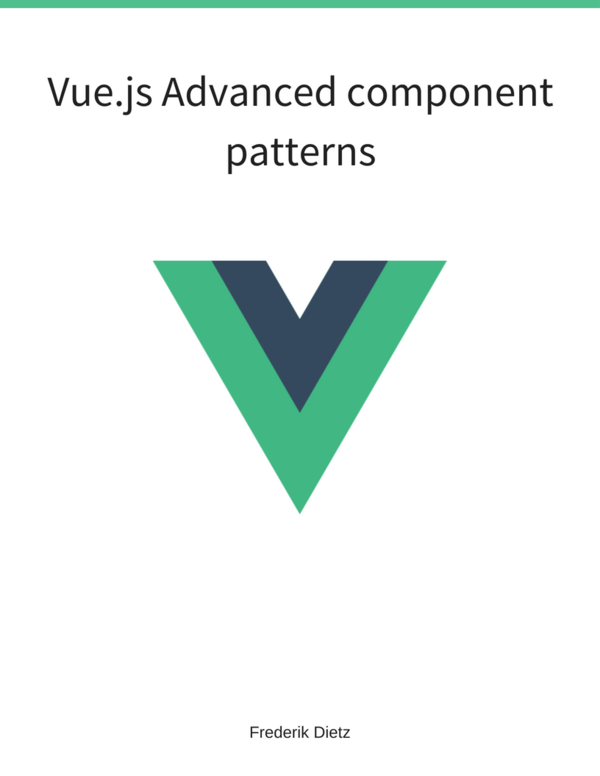Deferred and Promise
Problem
You wish to synchronize multiple asynchronous functions and avoid Javascript callback hell.
Solution
As an example, we want to call three services in sequence and combine the result of them. Let us start with a nested approach:
tmp = [];
$http.get("/app/data/first.json").success(function(data) {
tmp.push(data);
$http.get("/app/data/second.json").success(function(data) {
tmp.push(data);
$http.get("/app/data/third.json").success(function(data) {
tmp.push(data);
$scope.combinedNestedResult = tmp.join(", ");
});
});
});We call the get function three times to retrieve three JSON documents each with an array of strings. We haven’t even started adding error handling but already using nested callbacks the code becomes messy and can be simplified using the $q service:
var first = $http.get("/app/data/first.json"),
second = $http.get("/app/data/second.json"),
third = $http.get("/app/data/third.json");
$q.all([first, second, third]).then(function(result) {
var tmp = [];
angular.forEach(result, function(response) {
tmp.push(response.data);
});
return tmp;
}).then(function(tmpResult) {
$scope.combinedResult = tmpResult.join(", ");
});You can find the complete example on github.
Discussion
The all function combines multiple promises into a single promise and solves our problem quite elegantly.
Let’s have a closer look at the then method. It is rather contrived but should give you an idea of how to use then to sequentially call functions and pass data along. Since the all function returns a promise again we can call then on it. By returning the tmp variable it will be passed along to the then function as tmpResult argument.
Before finishing this recipe let us quickly discuss an example where we have to create our own deferred object:
function deferredTimer(success) {
var deferred = $q.defer();
$timeout(function() {
if (success) {
deferred.resolve({ message: "This is great!" });
} else {
deferred.reject({ message: "Really bad" });
}
}, 1000);
return deferred.promise;
}Using the defer method we create a deferred instance. As an example of an asynchronous operation we will use the $timeout service which will either resolve or reject our operation depending on the boolean success parameter. The function will immediately return the promise and therefore not render any result in our HTML template. After one second, the timer will execute and return our success or failure response.
This deferredTimer can be triggered in our HTML template by wrapping it into a function defined on the scope:
$scope.startDeferredTimer = function(success) {
deferredTimer(success).then(
function(data) {
$scope.deferredTimerResult = "Successfully finished: " +
data.message;
},
function(data) {
$scope.deferredTimerResult = "Failed: " + data.message;
}
);
};Our startDeferredTimer function will get a success parameter which it passes along to the deferredTimer. The then function expects a success and an error callback as arguments which we use to set a scope variable deferredTimerResult to show our result.
This is just one of many examples of how promises can simplify your code, but you can find many more examples by looking into Kris Kowal’s Q implementation.
